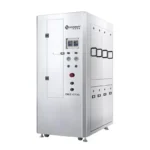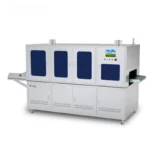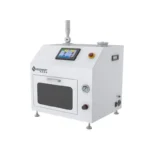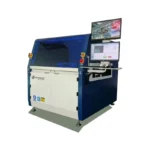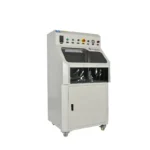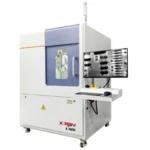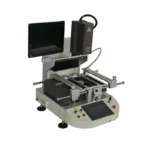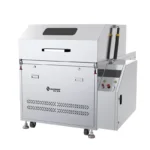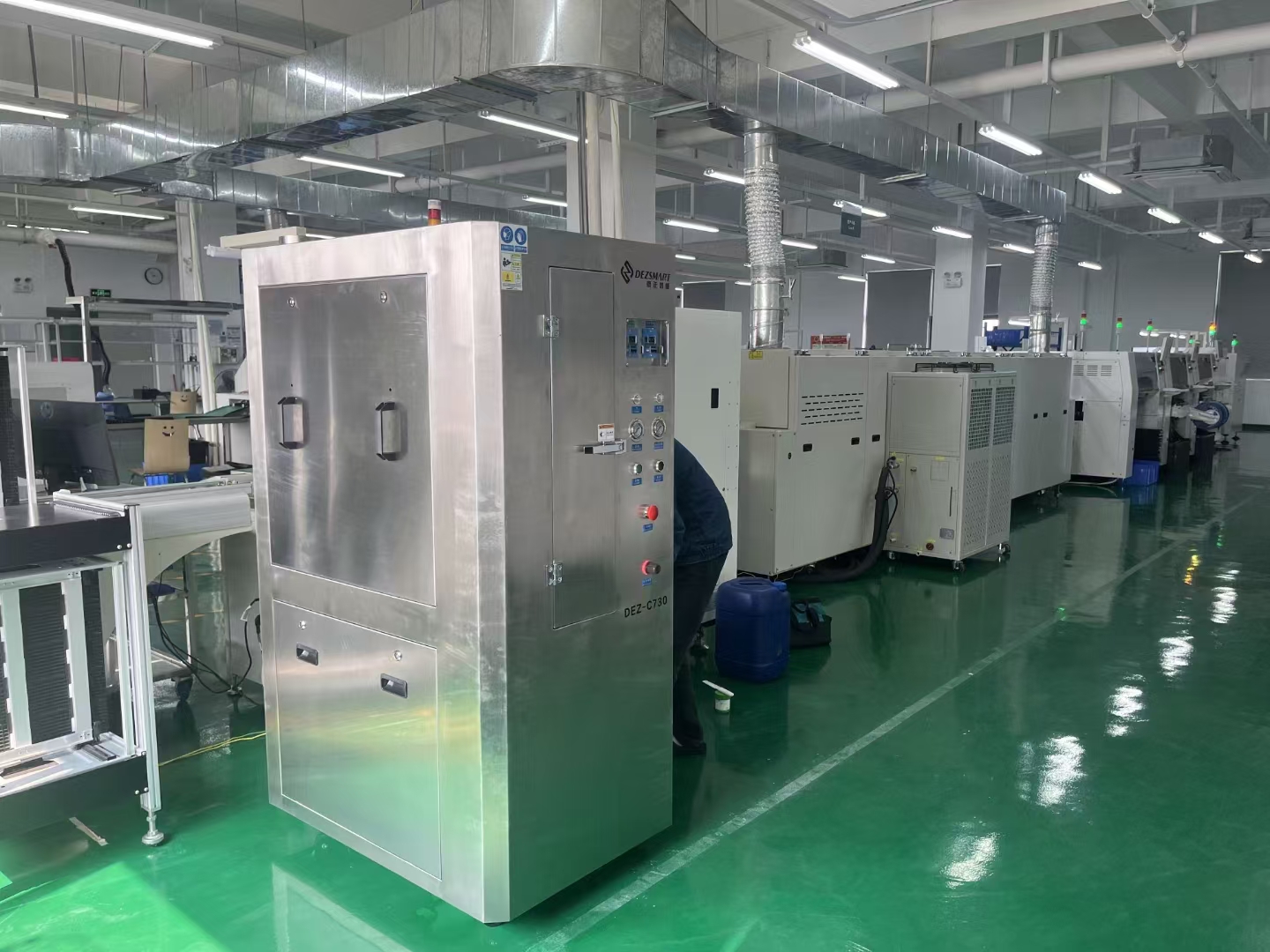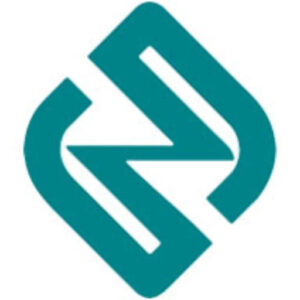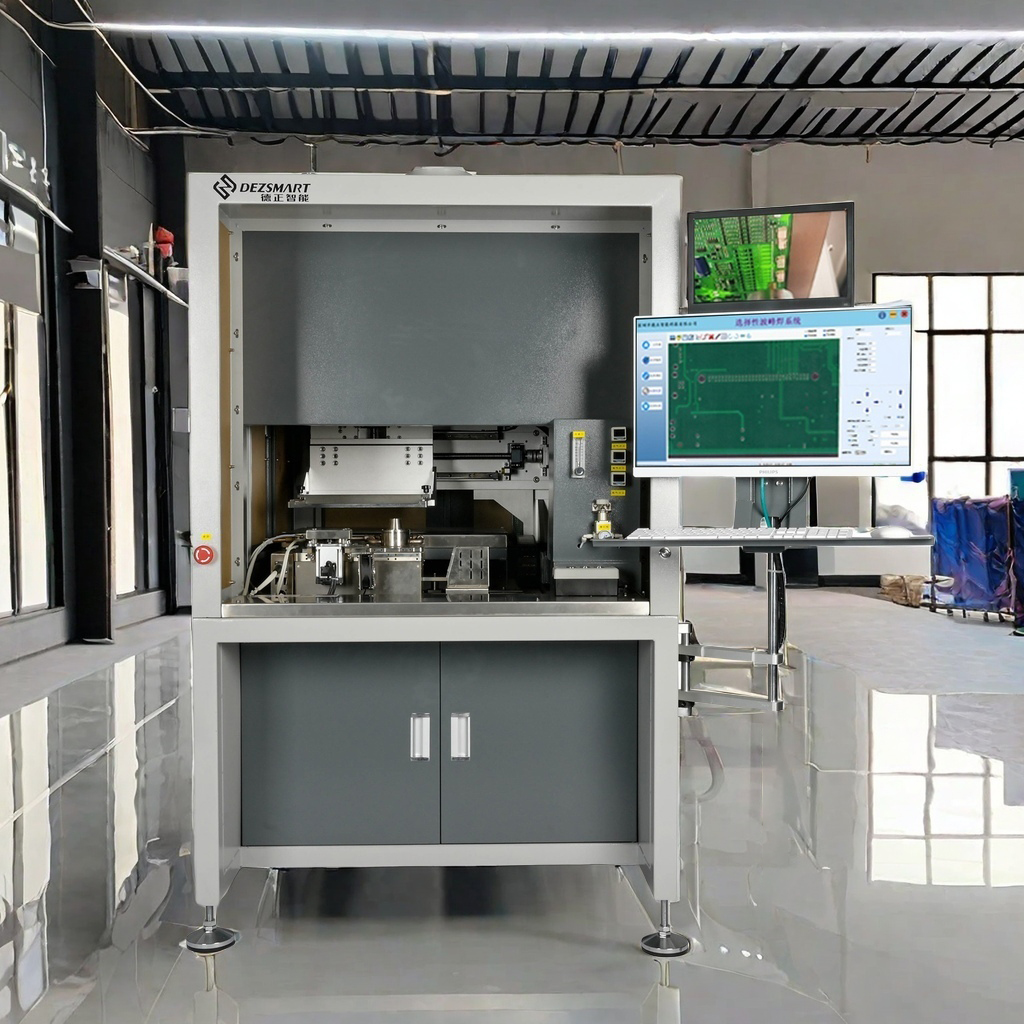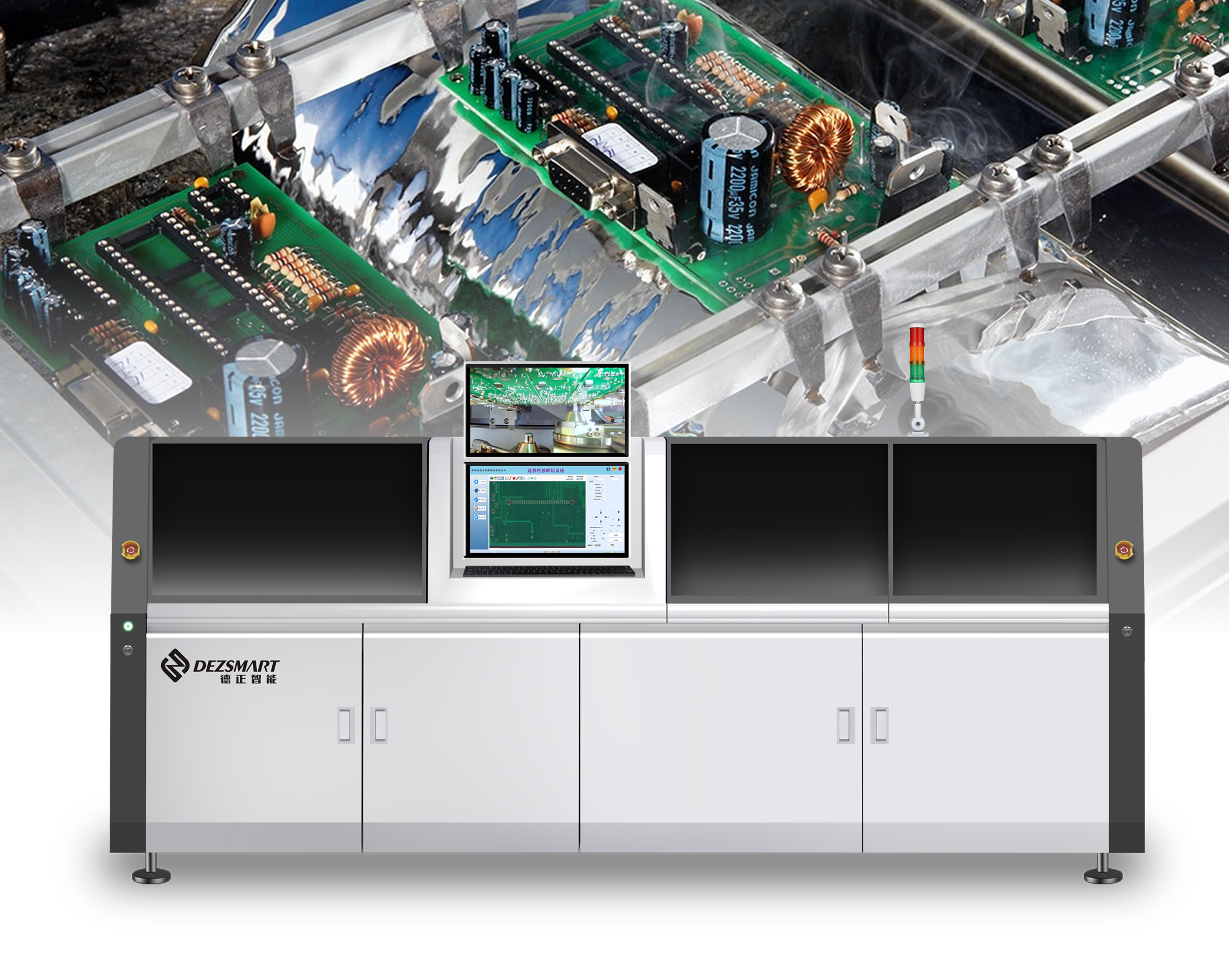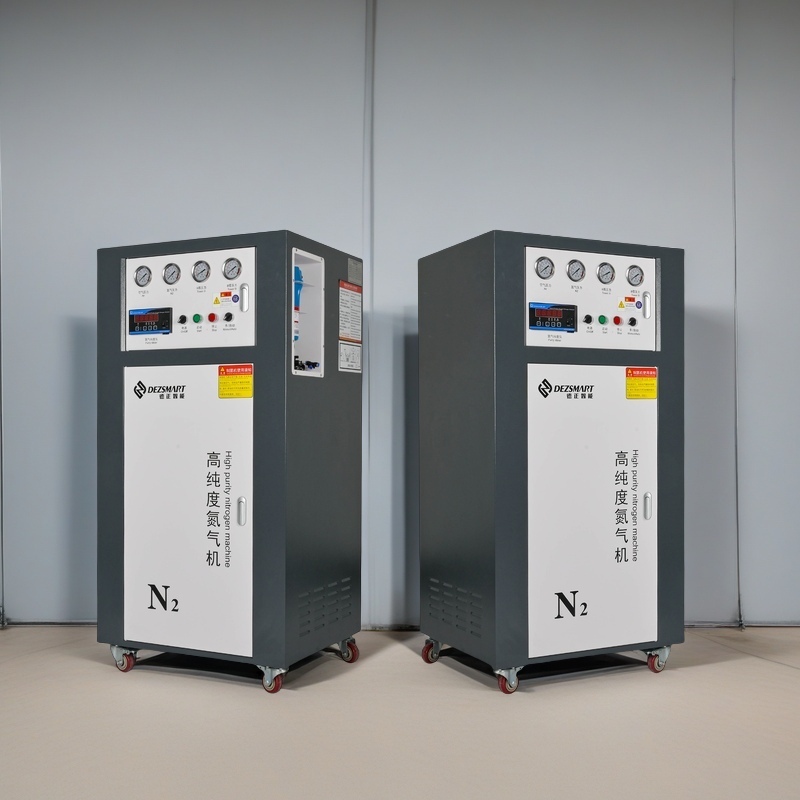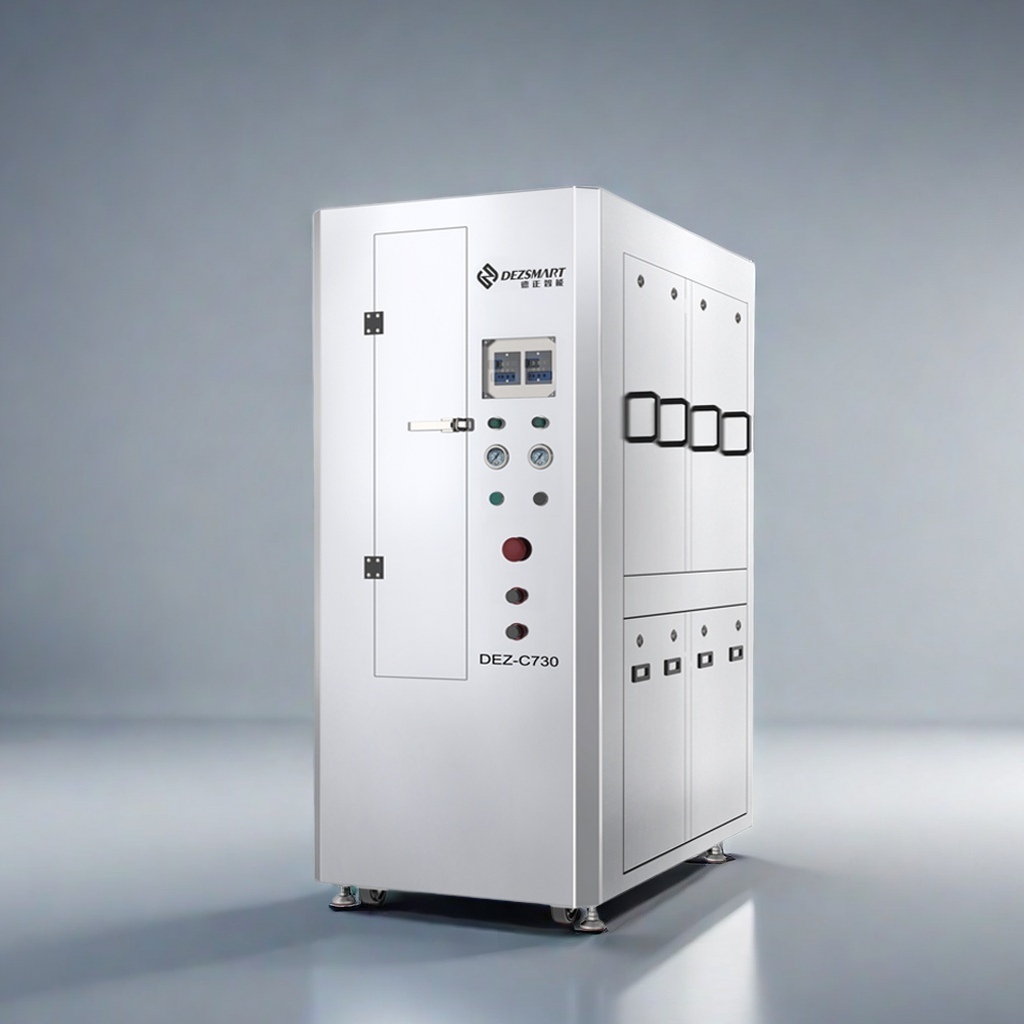Im Bereich der Elektronikfertigung ist der weit verbreitete Einsatz von lead-freie Lötpaste hat Verbesserungen für die Umwelt mit sich gebracht, aber auch neue Herausforderungen für die Reinigung geschaffen. Beim Umgang mit lead-freien Lötpastenabfällen sind herkömmliche lösungsmittelbasierte Reinigungsmittel nicht nur mit Risiken hinsichtlich der Materialkompatibilität (z. B. Korrosion der Nickel-/Silberbeschichtung) konfrontiert, sondern auch mit dem Druck, die Vorschriften aufgrund übermäßiger VOC-Emissionen einzuhalten. Die auf Wasser basierende pneumatische Reinigungstechnologie, die in Dezheng Intelligent's DEZ-C730 pneumatische Schablonenreinigungsmaschine hat die Behandlungsstandards für lead-freie Lotpastenabfälle durch drei grundlegende Durchbrüche neu definiert.
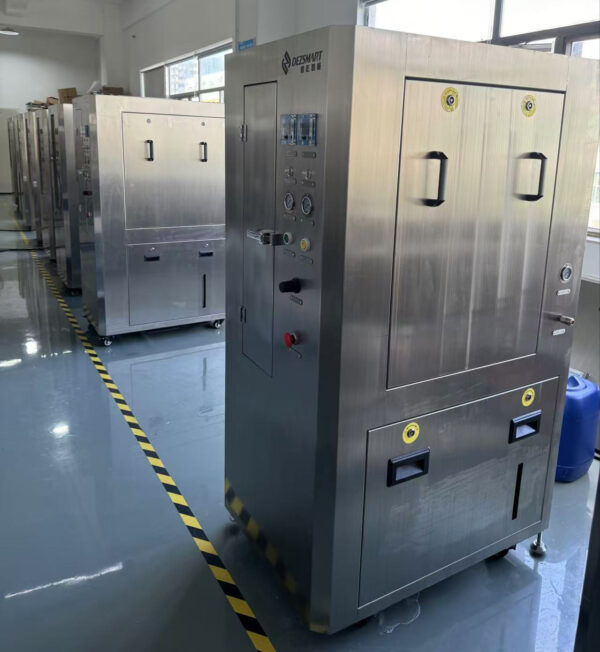
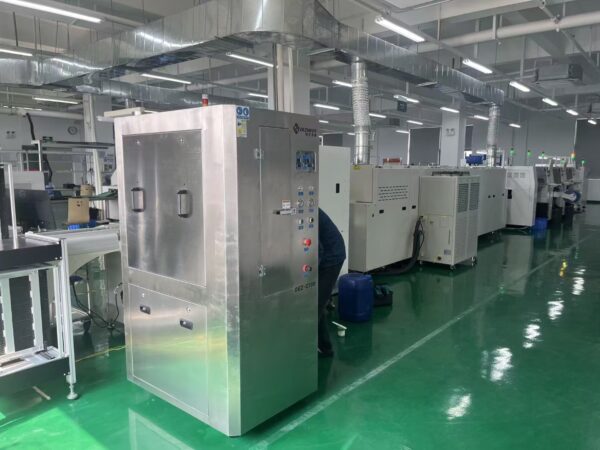
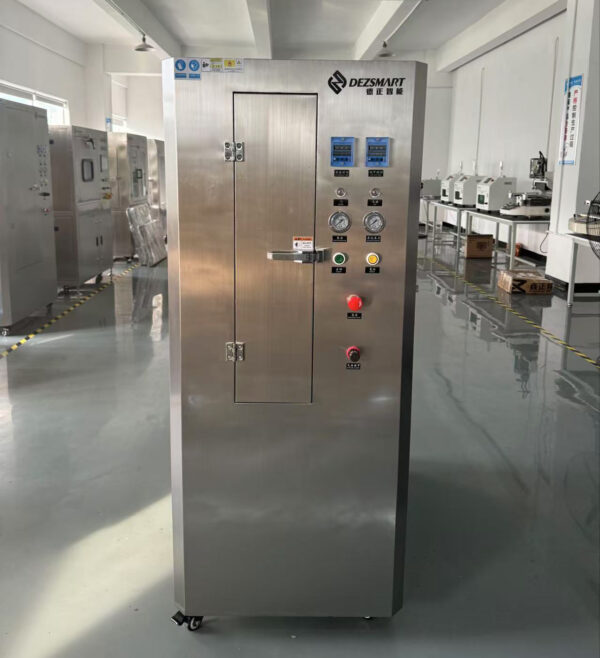
1. Pneumatischer Hochdruckstrahl: Reinigungskraft im Mikrometerbereich durchdringt Restbarrieren
Das Kolophonium und das Thixotropiermittel in lead-freier Lotpaste bilden leicht Mikroporenrückstände von weniger als 0,1 mm nach dem Reflow-Löten. Die Reinigungswirkung der herkömmlichen Ultraschallreinigung ist bei dicken Schablonen (>2,5 mm) geringer als bei 30%. Die DEZ-C730 Schablonenreinigungsmaschine verwendet ein hochdichtes, beidseitig isobare 360° drehbare Düse und erreicht die folgenden Verbesserungen durch einen pneumatisch angetriebenen Hochdruckwasserstrom (0,5-0,7 MPa):
- Dynamische Stoßreinigung: Die rotierende Düse sprüht mit einer Geschwindigkeit von 2.000 rpm und erzeugt eine Aufprallkraft des Wasserstroms von 20 m/s, wodurch die Adhäsion auf molekularer Ebene zwischen der Lötpaste und der Oberfläche des Stahlgewebes direkt beseitigt wird.
- Durchdringung von Mikrospalten: In Verbindung mit der niedrigen Oberflächenspannung von Reinigungsmitteln auf Wasserbasis (<30 mN/m) kann die Reinigungslösung tief in das 0,02 mm feine Gewebe eindringen und Rückstände vollständig vom Boden entfernen.
- Null-Beschädigungs-Design: Um mögliche elektrostatische Schäden an elektrischen Geräten zu vermeiden, wird ein Drucksensor eingesetzt, der die Sprühkraft in Echtzeit anpasst, um eine stabile Spannung des Stahlgewebes zu gewährleisten.
Überprüfung der Daten: Eine Fabrik für Automobilelektronik setzte unsere pneumatische Schablonenreinigungsmaschine DEZ-C730 ein, um QFP-Stahlgewebe mit einem Pitch von 0,3 mm zu reinigen. Die Rückstände wurden von 12,6 mg/cm² bei der manuellen Reinigung auf 0,8 mg/cm² reduziert und erfüllten damit die Norm IPC-7526 Klasse 3.
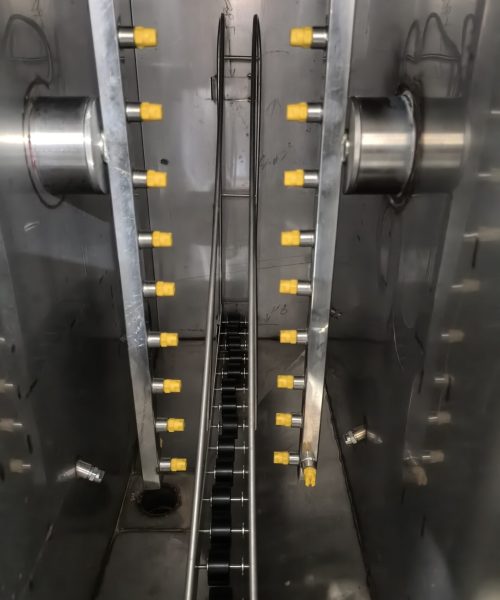
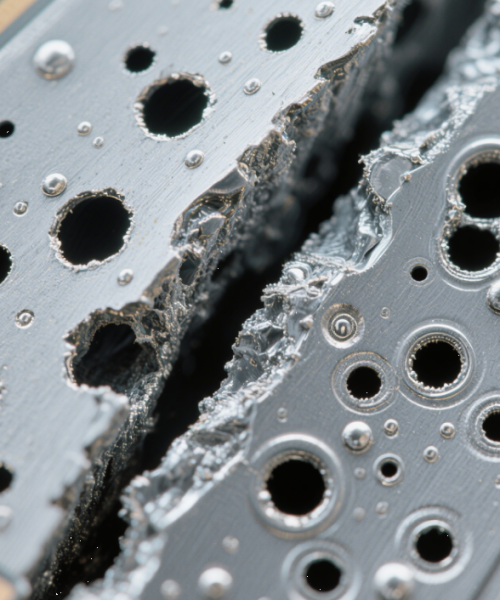
2. dreistufiges Filtersystem: Recycling-Technologie überwindet den Kostenengpass
Bei herkömmlichen Reinigungsverfahren macht der Lösungsmittelverbrauch 45% der Schablonenwartungskosten aus, aber der pneumatische Schablonenreiniger DEZ-C730 dreistufiges Filtersystem erreicht eine effiziente Zirkulation dank der folgenden Innovationen:
- Physisches Abfangen: Das 10-μm-Primärfiltersieb filtert Lötkugeln und Etikettenreste heraus, um zu verhindern, dass große Partikel die Düse verstopfen.
- Feinseparation: Der 5 μm-Siebfilter fängt Silberpaste und Tintenverunreinigungen ab und sorgt dafür, dass die Reinigungsflüssigkeit sauberer als 98% bleibt.
- Reinigung auf Nanoebene: Die 1 μm Tiefenfiltration entfernt Kolloid- und Harzrückstände und verlängert die Lebensdauer der Reinigungsflüssigkeit auf 5 Mal als bei herkömmlichen Verfahren.
Wirtschaftlicher Nutzen: Nachdem eine bestimmte Fabrik unsere pneumatische Schablonenreinigungsmaschine DEZ-C730 eingeführt hatte, konnte der jährliche Verbrauch an Reinigungsmitteln von 1200 l auf 240 l reduziert werden. In Verbindung mit dem geschlossenen Kreislaufsystem überstiegen die jährlichen Kosteneinsparungen für eine einzige device 150.000 Yuan.
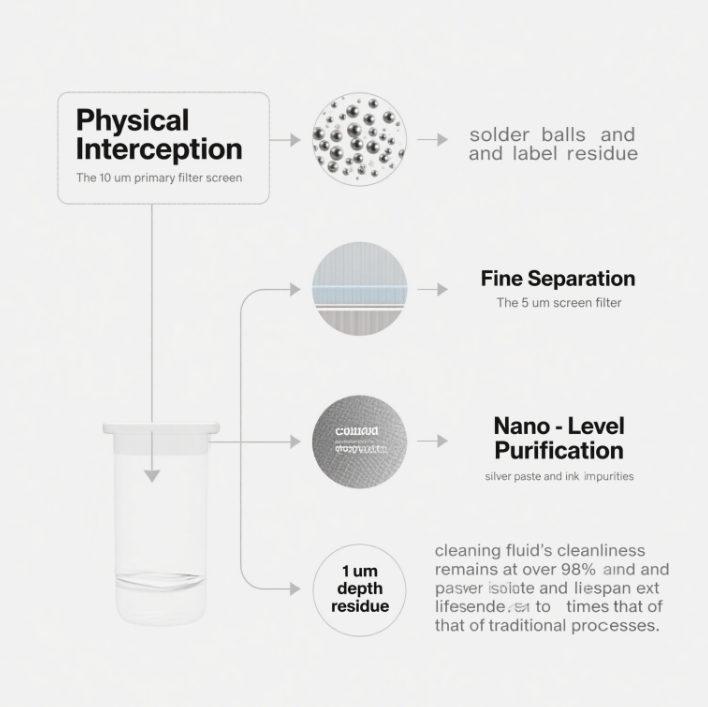
3. vollständig pneumatische und umweltfreundliche Konstruktion: doppelte Garantie für Sicherheit und Konformität
Als Antwort auf die strengen Umweltanforderungen für die lead-freie Reinigung von Lötpaste erreicht die pneumatische Stahlnetz-Reinigungsmaschine DEZ-C730 durch die folgenden Konstruktionen ein Gleichgewicht zwischen Sicherheit und Effizienz:
- Nicht-elektrischer Betrieb: Er arbeitet ausschließlich mit Druckluft, wodurch Brandgefahren ausgeschlossen werden, und ist besonders für explosionsgeschützte Werkstätten geeignet.
- Geringe flüchtige Emissionen: Das S-Typ-Auspuffrohr und die Aktivkohleadsorption device die VOC-Emissionen auf unter 50 ppmin Übereinstimmung mit der EU-Verordnung REACH.
- Isolierung von Mensch und Maschine: Die Ein-Knopf-Bedienungsoberfläche und die vollständig geschlossene Reinigungskabine verhindern, dass die Bediener mit Reinigungsmitteln in Kontakt kommen, und verringern das Risiko von Berufskrankheiten.
Industrielle Anwendung: Ein medizinischer device-Hersteller verwendet unsere pneumatische Stahlgitter-Reinigungsmaschine DEZ-C730, um das Stahlgitter einer implantierbaren Leiterplatte zu reinigen. Nach der Reinigung ist der Restionengehalt auf der Platinenoberfläche <0,5 μg/cm², die die ISO 10993-Biokompatibilitätszertifizierung erfüllen.
Technologietrends und Vorschläge für die Auswahl
- Materialkompatibilität: Wässrige Reinigungsmittel mit neutralem pH-Wert (wie ZESTRON VIGON® A 200) werden bevorzugt, um die Korrosion von Aluminium-/Kupfersubstraten durch alkalische Reinigungsmittel zu verhindern.
- Prozessanpassung: Bei rotem Klebstoff und dicken Schablonen kann die pneumatische Sprühtechnik (z. B. Silman tech DEZ-C 740) zur Verbesserung der Reinigungstiefe eingesetzt werden.
- Intelligentes Upgrade: In Kombination mit einem visuellen KI-Inspektionssystem (wie z. B. den intelligenten Geräten von Sanjie Machinery) lässt sich die Reinigungswirkung in Echtzeit nachvollziehen.
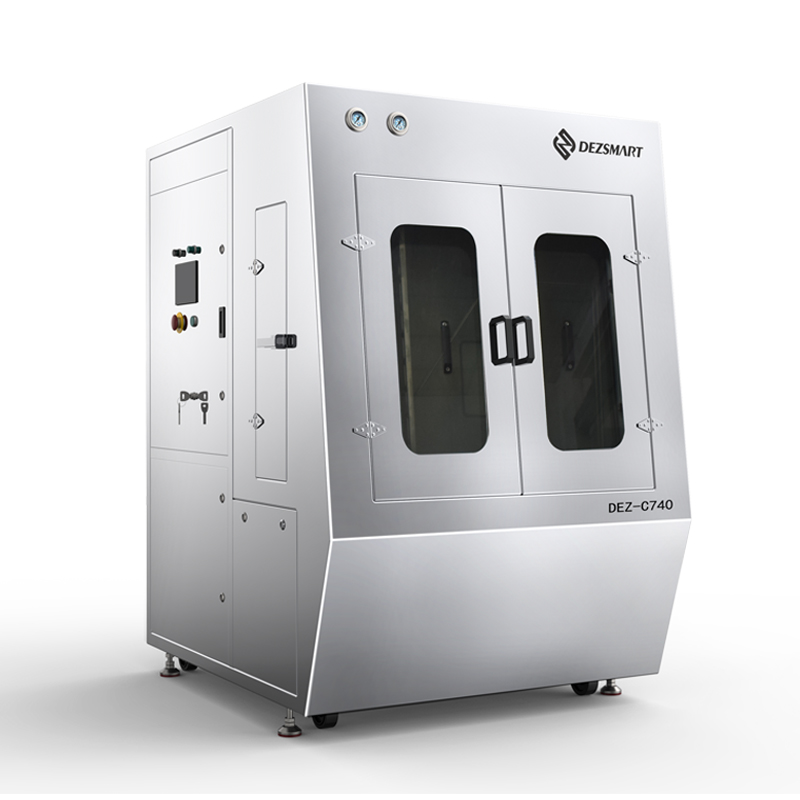
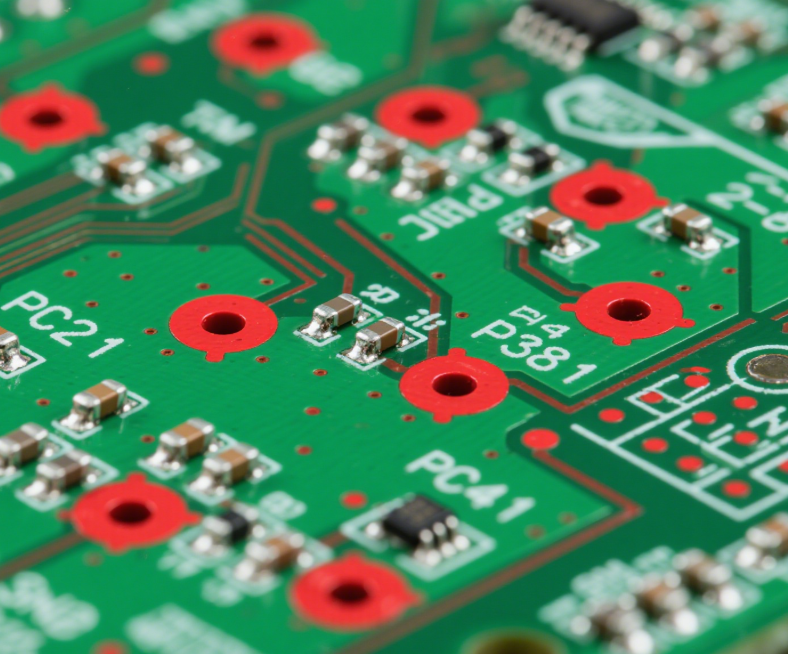
Die drei wesentlichen Weiterentwicklungen des DEZ-C730 lösen nicht nur das technische Problem der lead-freien Lotpastenrückstände, sondern bieten Elektronikherstellern auch nachhaltige Lösungen, die durch umweltfreundliches Design und Kostenoptimierung die ESG-Anforderungen erfüllen.
